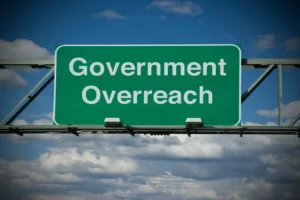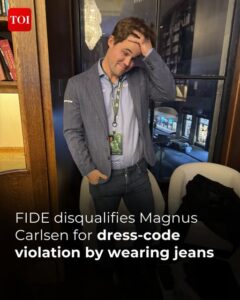I finished watching the pilot episode of Watson and I came away shaking my head in disbelief. I’m an enormous Sherlock Holmes fan. I’ve read all the official Arthur Conan Doyle stories and novels and a number of Holmes stories by other authors.
When I heard about a new Sherlock Holmes spinoff television show, Watson, excitement flowed through my neurons, as did fear. Excitement because it seemed like a new spin on the Sherlock Holmes lore with the potential to be quite interesting. Fear because it might disappoint. No spoilers here, my disappointment is immeasurable, and my day is ruined. Why? Let’s discuss.
So Many Things Wrong with Watson
There are many things wrong with Watson and most of them are the same problems manifested in a lot of shows these days. A lot of exposition, too many pretty people playing roles for which they clearly are not suited, fast-paced dialog that is impossible to follow, and lots of mumbling. Having mentioned all those horrors, they are not the major problem with the show.
The Big Problem with Watson
Watson is Sherlock! I’m not kidding. The character of Watson is not playing the character of Watson. He’s playing Sherlock Holmes. Watson is the solid and discreet companion. He is the stalwart friend. He is kind. He is sturdy. He is a people person.
Sherlock Holmes is a jerk. He’s addicted to cocaine. He’s not a people person. He’s intolerant of those who don’t have his exceptional gifts. He’s condescending. He’s impatient.
In the pilot, Watson is Holmes. He’s not Watson. He’s the genius diagnostic physician who through observation and Wikipedic knowledge of diseases is able to figure out what ails the patient. Eventually patients.
He’s condescending to his staff. He’s addicted to pills. He’s brusque. He’s overbearing in his know-it-all attitude.
What were they Thinking?
Who is this show designed to please? Anyone who is a Sherlock Holmes fan knows this isn’t a show about Watson, it’s a show about Dr. Sherlock. The show is titled Watson! Watson. The entire show is advertised as being about Watson. I’m utterly baffled.
Would I like to see a modern and reimagined Watson navigating the world? Yes, by golly, I would. I’m not exactly sure how such a show would work, I could put on my writer’s cap and likely come up with something but that’s not my job today.
Did anyone like it? Why? I’d be interested in hearing what you have to say.
Tom Liberman


